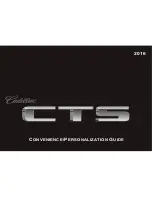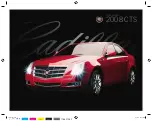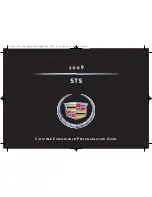
Improper alignment will not cause vehicle vibration.
Vibration may be a result of tire and wheel out-of-
balance. Proper balancing will reduce vibration and
avoid tire cupping and spotty wear.
SUPPLEMENTAL TIRE PRESSURE INFORMATION
A light load vehicle condition is defined as two passen-
gers {150 lbs (68 kg) each} plus 200 lbs (91kg) of cargo.
Cold tire inflation pressures for a lightly loaded vehicle
will be found on the face of the driver’s door.
TIRE CHAINS
Use “Class U” chains on Power Wagon models, or other
traction aids that meet SAE Type “U” specifications.
NOTE:
Chains must be the proper size for the vehicle,
as recommended by the chain manufacturer.
CAUTION!
To avoid damage to your vehicle, tires or chains, observe the
following precautions:
•
Because of limited chain clearance between tires and other
suspension components, it is important that only chains in
good condition are used. Broken chains can cause serious
vehicle damage. Stop the vehicle immediately if noise
occurs that could suggest chain breakage. Remove the
damaged parts of the chain before further use.
•
Install chains as tightly as possible and then retighten after
driving about 1/2 mile (0.8 km).
•
Do not exceed 45 mph (72 km/h).
•
Drive cautiously and avoid severe turns and large bumps,
especially with a loaded vehicle.
•
Do not install tire chains on front wheels of 4x2 vehicles.
•
Do not drive for a prolonged period on dry pavement.
•
Observe the tire chain manufacturer’s instructions on
method of installation, operating speed, and conditions for
usage. Always use the lower suggested operating speed of
the chain manufacturer if different than the speed recom-
mended by the manufacturer.
314
STARTING AND OPERATING
Summary of Contents for Ram Power Wagon
Page 2: ......
Page 8: ......
Page 40: ...Inserting Latch Plate In Use Position 40 THINGS TO KNOW BEFORE STARTING YOUR VEHICLE...
Page 68: ...Quad Cab Tether Strap Mounting 68 THINGS TO KNOW BEFORE STARTING YOUR VEHICLE...
Page 74: ......
Page 89: ...Blindspot Mirror Trailer Towing Position UNDERSTANDING THE FEATURES OF YOUR VEHICLE 89 3...
Page 110: ...110 UNDERSTANDING THE FEATURES OF YOUR VEHICLE...
Page 111: ...UNDERSTANDING THE FEATURES OF YOUR VEHICLE 111 3...
Page 112: ...112 UNDERSTANDING THE FEATURES OF YOUR VEHICLE...
Page 166: ...INSTRUMENTS AND CONTROLS 166 UNDERSTANDING YOUR INSTRUMENT PANEL...
Page 167: ...INSTRUMENT CLUSTER UNDERSTANDING YOUR INSTRUMENT PANEL 167 4...
Page 226: ...Operating Tips Chart 226 UNDERSTANDING YOUR INSTRUMENT PANEL...
Page 237: ...Angles A B C and D STARTING AND OPERATING 237 5...
Page 258: ...UNDERSTANDING THE FEATURES OF YOUR WINCH Winch Components 258 STARTING AND OPERATING...
Page 304: ...304 STARTING AND OPERATING...
Page 362: ......
Page 366: ...ENGINE COMPARTMENT 5 7L 366 MAINTAINING YOUR VEHICLE...
Page 420: ......
Page 450: ......
Page 451: ...INDEX 10...
















































